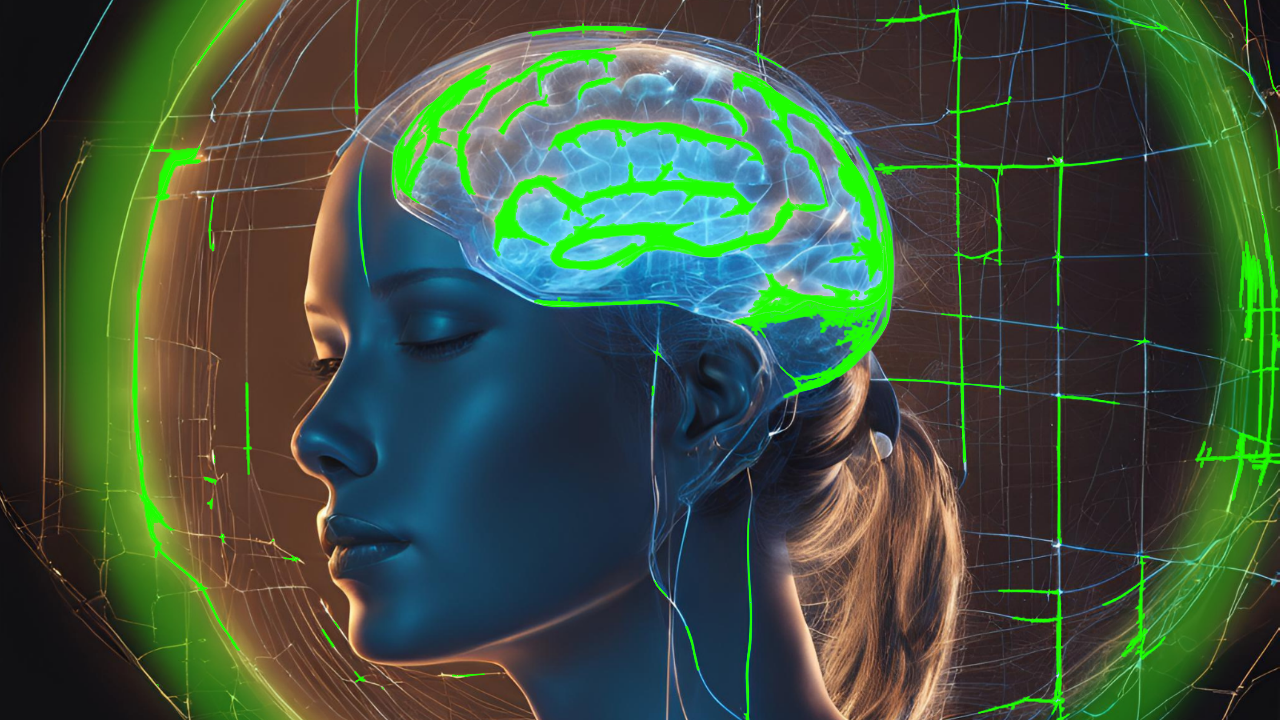Cannabis: A Natural Ally in the Fight Against Pain and Addiction
In the search for safer alternatives to prescription pain medications, cannabis is stepping into the spotlight not as a new trend, but as a long-overdue return to a plant with deep historical roots in healing. As the opioid crisis continues to ravage communities across the globe, the question is no longer if cannabis has therapeutic potential, but how soon it can replace the conventional drugs that come with addiction, overdose risk, and debilitating side effects.
The Problem with Traditional Pain Medications
For decades, patients suffering from acute or chronic pain have been prescribed pharmaceuticals such as opioids (e.g., oxycodone, morphine, fentanyl) and NSAIDs (e.g., ibuprofen, naproxen). While effective at dulling pain, these drugs come with heavy baggage:
- Addiction: Opioids are highly addictive, often leading patients down a path from prescription use to illicit alternatives like heroin or fentanyl.
- Tolerance: Over time, patients need higher doses to achieve the same pain relief, increasing dependency and danger.
- Side Effects: Nausea, drowsiness, constipation, cognitive impairment, and in severe cases, respiratory depression and death.
By contrast, cannabis presents an opportunity to treat pain without many of the risks associated with traditional medications.
Cannabis and Pain Relief: What the Science Says
Cannabis contains over 100 cannabinoids, but the two most studied for pain relief are THC (tetrahydrocannabinol) and CBD (cannabidiol). These compounds interact with the endocannabinoid system (ECS), a complex cell-signaling network in the human body that plays a key role in regulating pain, inflammation, and immune response.
- THC binds primarily to CB1 receptors in the brain and nervous system, reducing the perception of pain and promoting euphoria and relaxation.
- CBD influences CB2 receptors, often found in immune cells, and can reduce inflammation and neuropathic pain without the psychoactive effects of THC.
Multiple studies have confirmed cannabis’s efficacy in treating chronic pain, nerve pain, arthritis, fibromyalgia, migraines, and even pain related to cancer. A 2017 report by the National Academies of Sciences, Engineering, and Medicine concluded there is “substantial evidence” that cannabis is effective for chronic pain in adults.
A Safer, Non-Addictive Option?
Perhaps the most compelling argument for cannabis as a pain treatment is its low risk of addiction and zero risk of fatal overdose. Unlike opioids, cannabinoid receptors are not located in the brainstem areas that control respiration, which means cannabis can’t suppress breathing to lethal levels.
Furthermore, while cannabis use disorder can occur in some individuals, it is far less common and severe than opioid dependency. And emerging evidence suggests cannabis might even help reduce opioid use and withdrawal symptoms:
- A 2014 study found that U.S. states with medical cannabis laws had a 25% lower opioid overdose death rate.
- A 2020 survey published in Pain Medicine reported that over 60% of patients using medical cannabis for pain reduced or eliminated their opioid use.
The Patient Perspective: Quality of Life Matters
Beyond statistics, the real proof lies in the lives of patients. Many chronic pain sufferers describe a dramatic improvement in their quality of life with cannabis. They’re not just numbed—they’re functional. They sleep better, eat better, move more, and feel more like themselves.
Medical cannabis gives people control: over dosage, over side effects, and over their path to healing. Whether used as a primary treatment or as a complement to other therapies, cannabis empowers patients to reduce their dependency on risky medications.
Barriers Still Remain
Despite its promise, several challenges keep cannabis from fully replacing harmful pain meds:
- Legal Restrictions: In many places, cannabis remains federally illegal or restricted to narrow medical uses.
- Stigma: Decades of anti-drug propaganda still haunt cannabis’s reputation, even as science catches up.
- Lack of Standardization: Potency, strain, and dosage vary widely between products and dispensaries, making treatment inconsistent.
- Limited Physician Training: Many healthcare providers lack the education needed to guide patients in cannabis-based therapies.
A Paradigm Shift in Pain Management
We are standing at a medical crossroads, where policy, science, and compassion must converge. The dangers of conventional pain meds have become undeniable, and the alternatives—like cannabis—deserve our full attention. With further research, patient education, and legal reform, cannabis could redefine how we manage pain—not as a dangerous crutch, but as a sustainable path to healing.
As the pharmaceutical industry reels from scrutiny and litigation, cannabis offers something rare in modern medicine: a plant-based solution that works in harmony with the body, rather than against it. In the end, healing shouldn’t cost a life. Cannabis just might be the natural ally we’ve overlooked for too long.
Sid Prince
Photo credit: https://agsci.oregonstate.edu/article/study-finds-lower-opioid-prescription-rates-areas-cannabis-dispensaries-nearby


